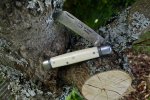- Joined
- Mar 24, 2020
- Messages
- 833
These two "service tree" knives are wonderful, Sky!! The sublety of the wood is a perfect conterpoint to the great metalwork of Jerome!! Great kniv
These two "service tree" knives are wonderful, Sky!! The sublety of the wood is a perfect conterpoint to the great metalwork of Jerome!! Great knives!!
Thanks waynorth. But please be aware, the "trois pièces" is made out of wood from the "Wild Service Tree", botanical name: sorbus torminalis. The other one is made from wood of the "Service Tree", botanical name: sorbus domestica. The wood from both species is all but identical, you can't lkeep them apart with the eye or even a microscope. You need an electronic microscope to differentiate inbetween the cellular structures of the two materials.
The leaves and fruits of the "Wild Service Tree" also called Checkers in the UK.
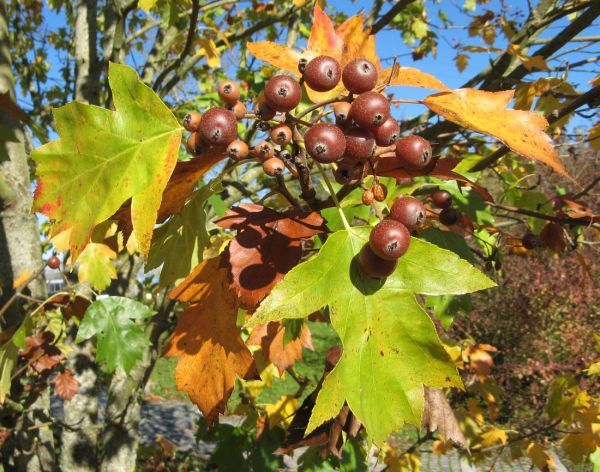
The leaves and the fruits of the "Service Tree", also sometimes called Whitty Pear.


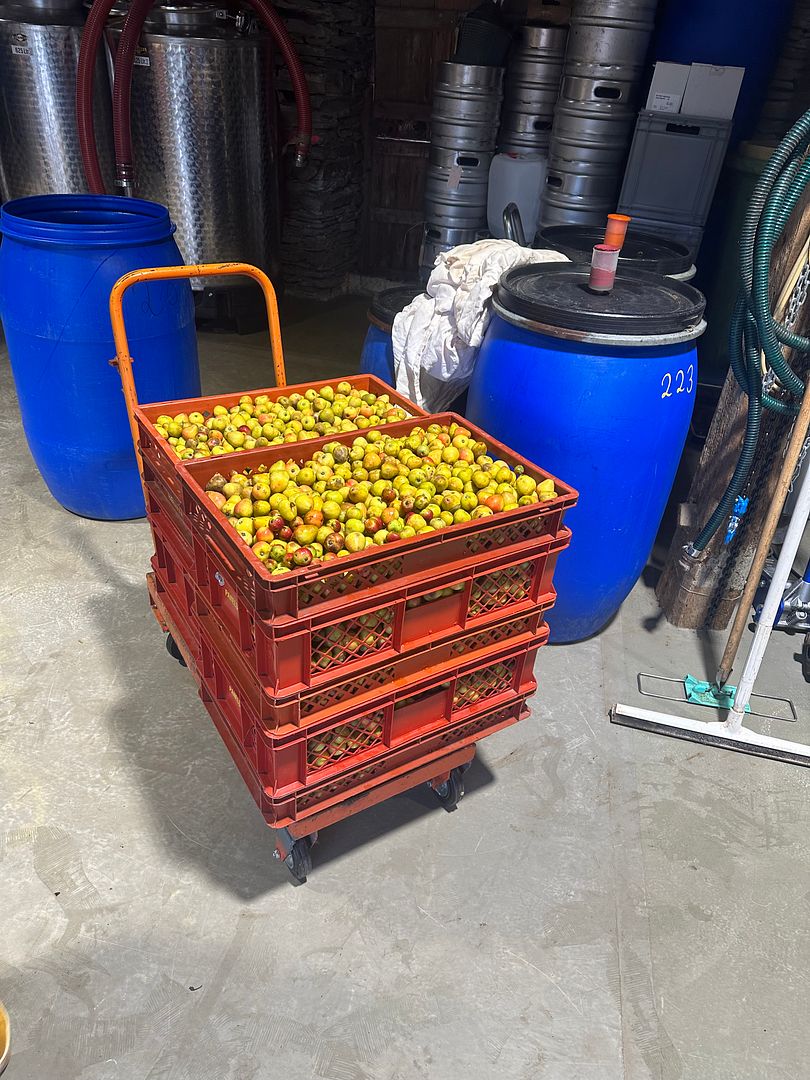
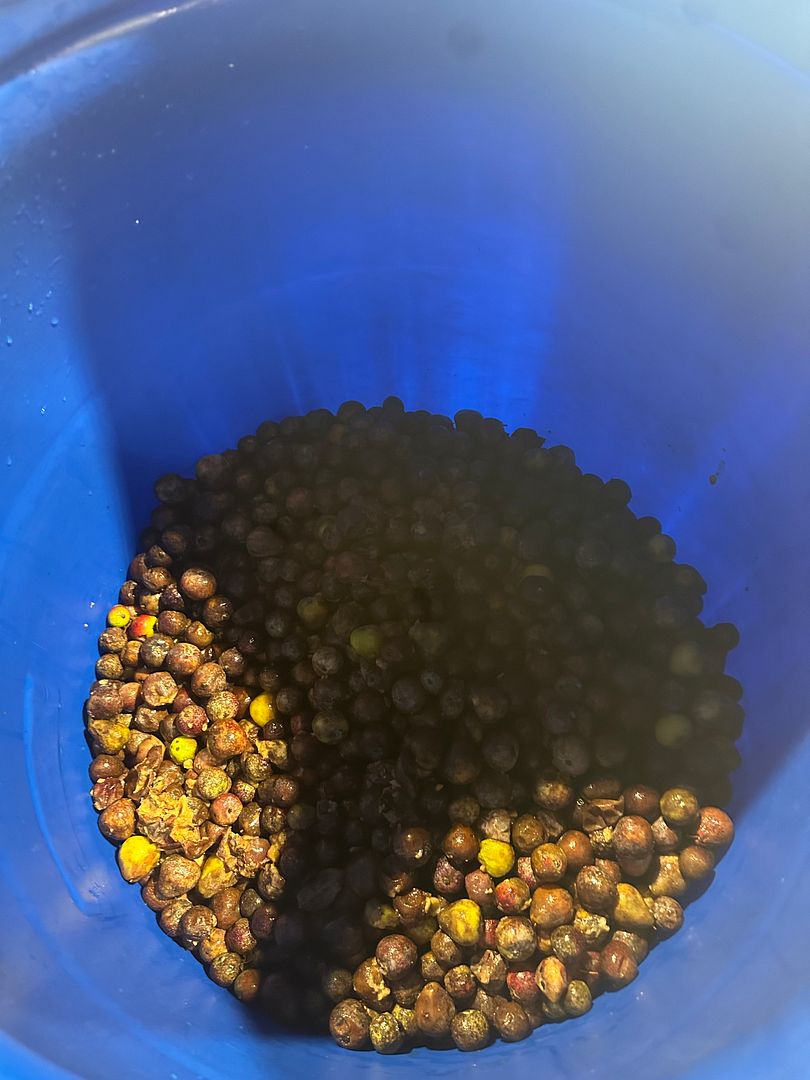
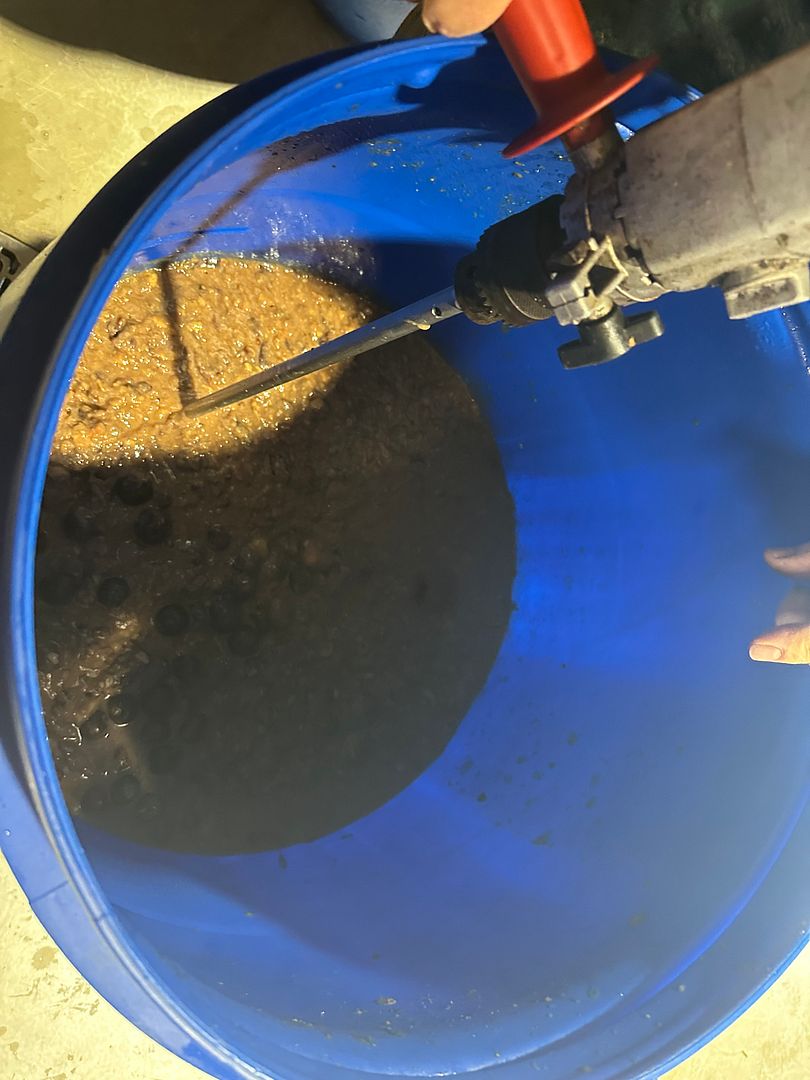
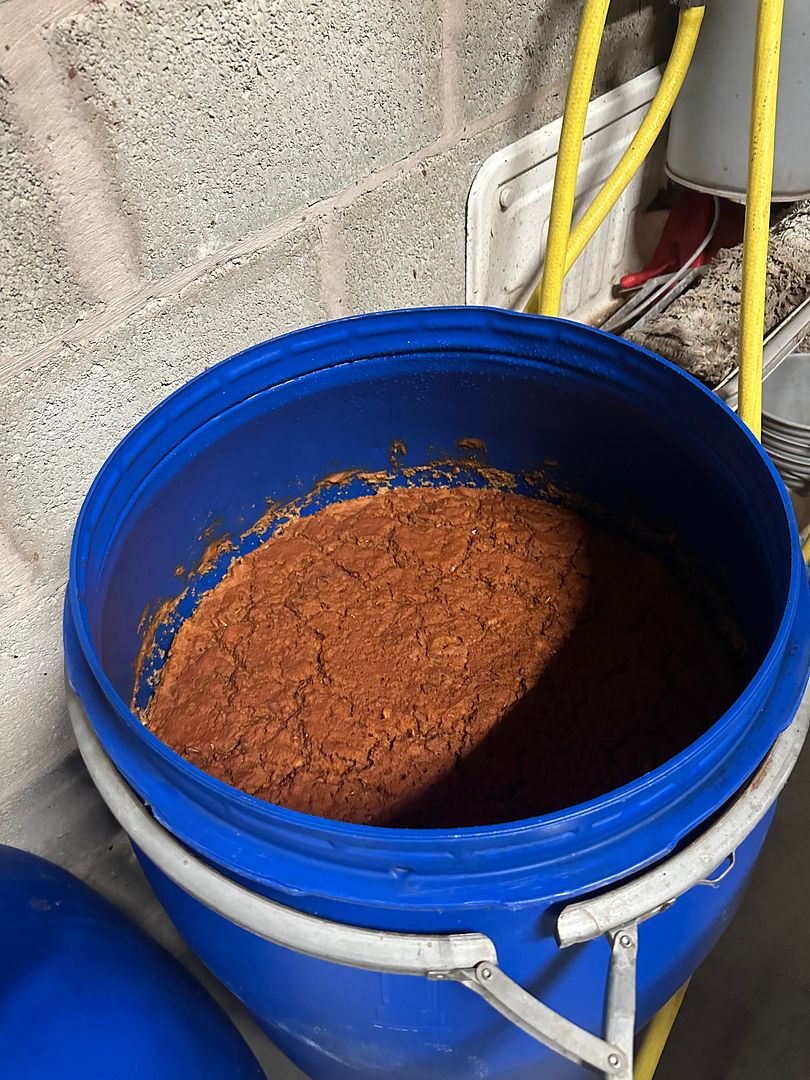
![gY1cMCva_o[1].jpg gY1cMCva_o[1].jpg](https://www.bladeforums.com/data/attachments/2061/2061612-34114e7b878515cc41ed7d996e0bd878.jpg?hash=NBFOe4eFFc)
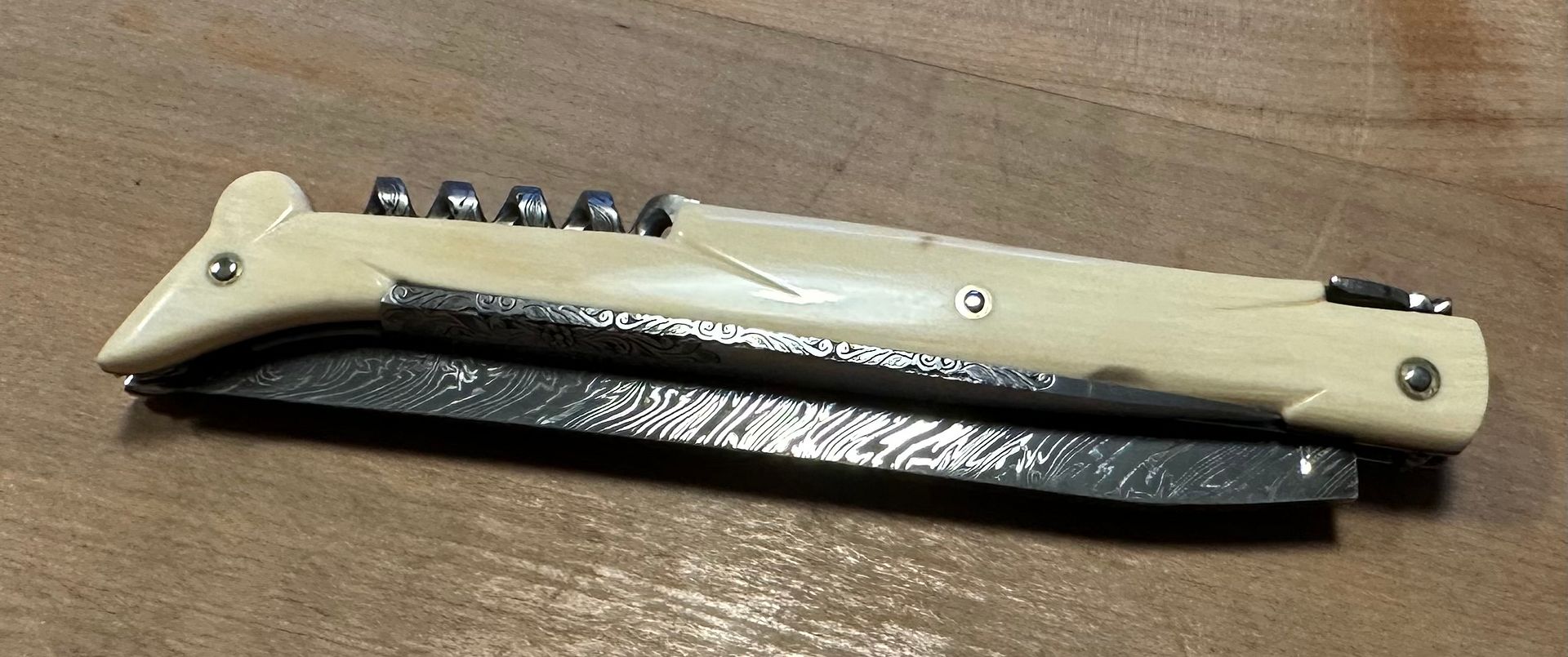
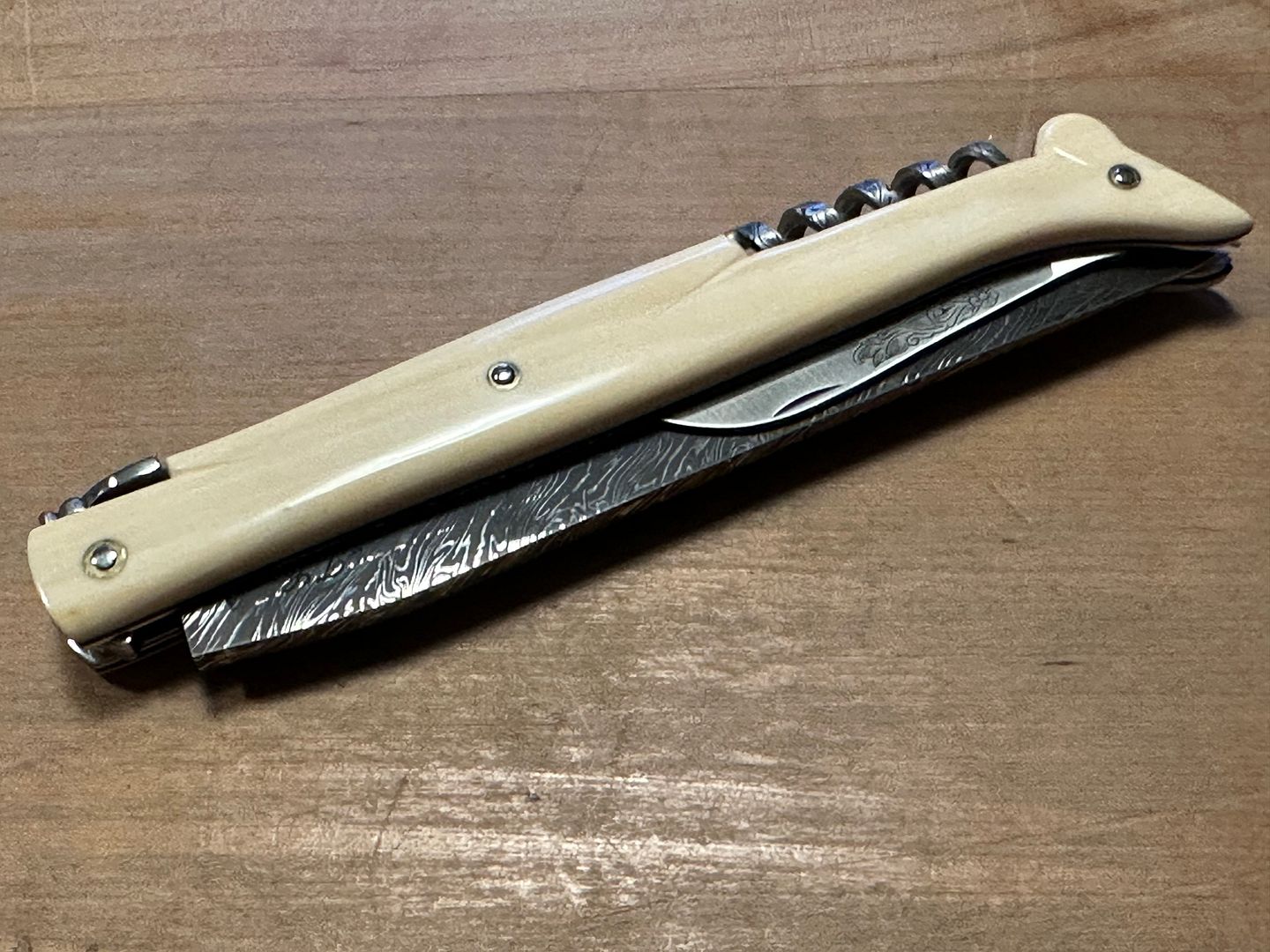
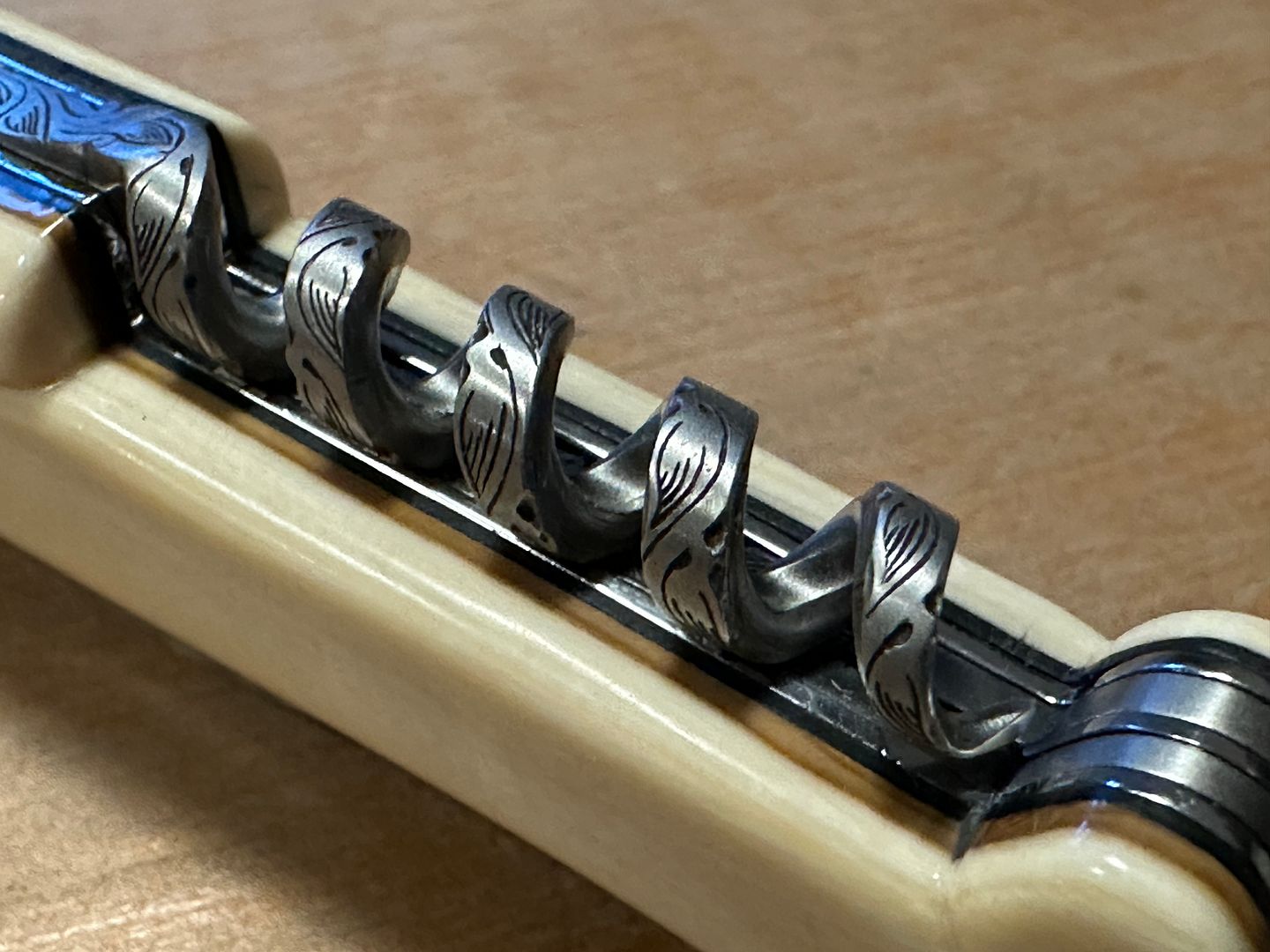
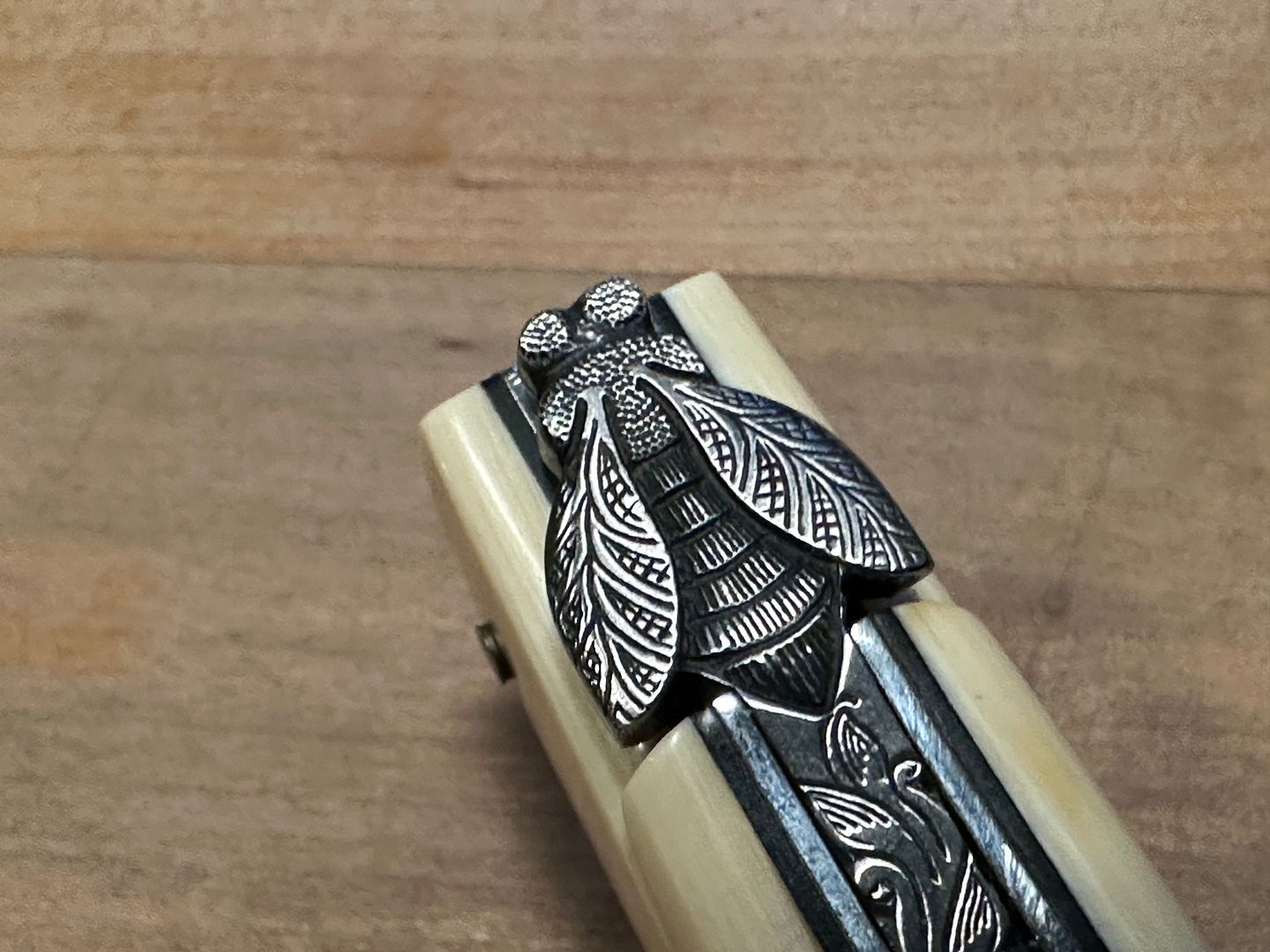
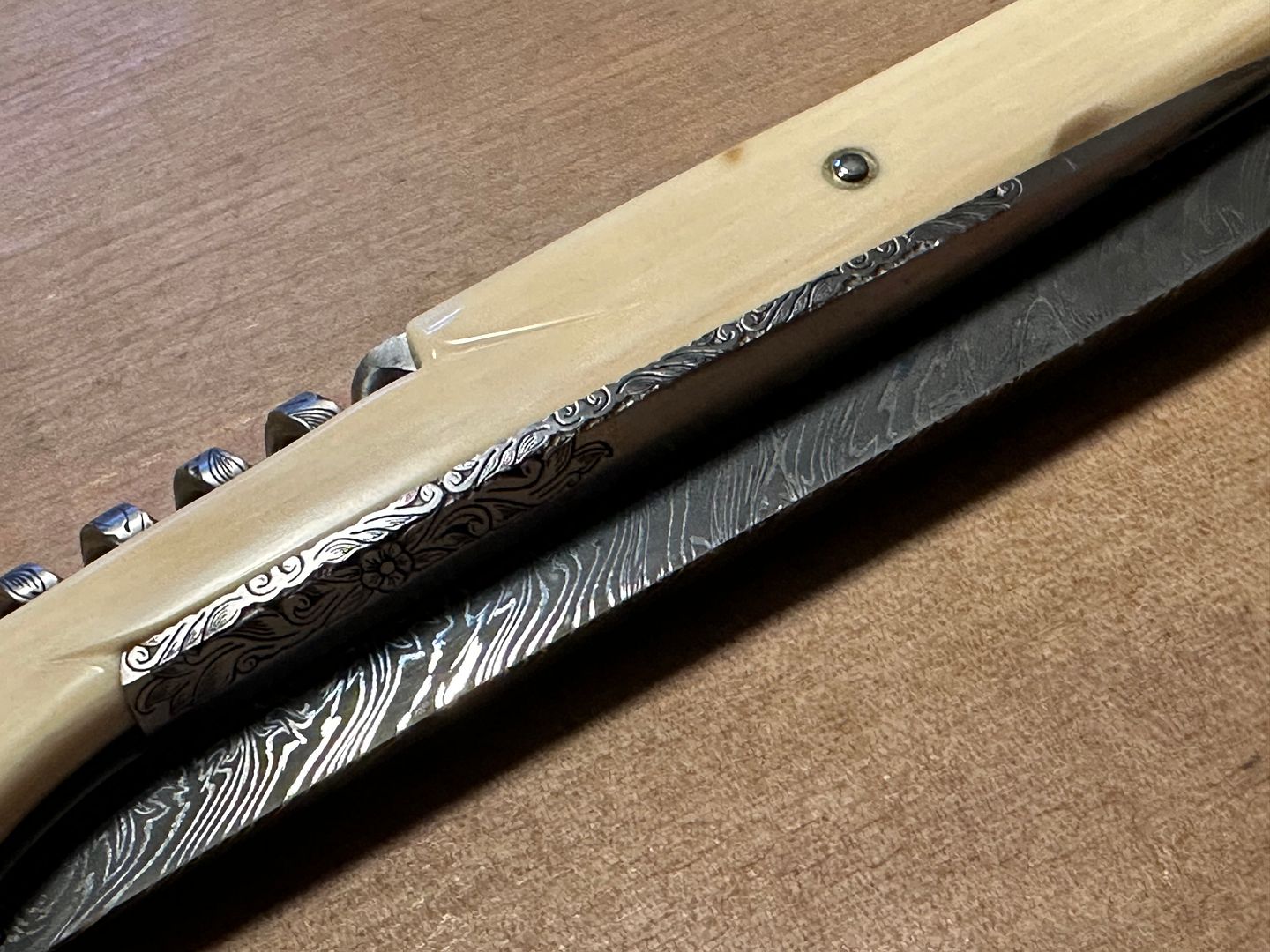
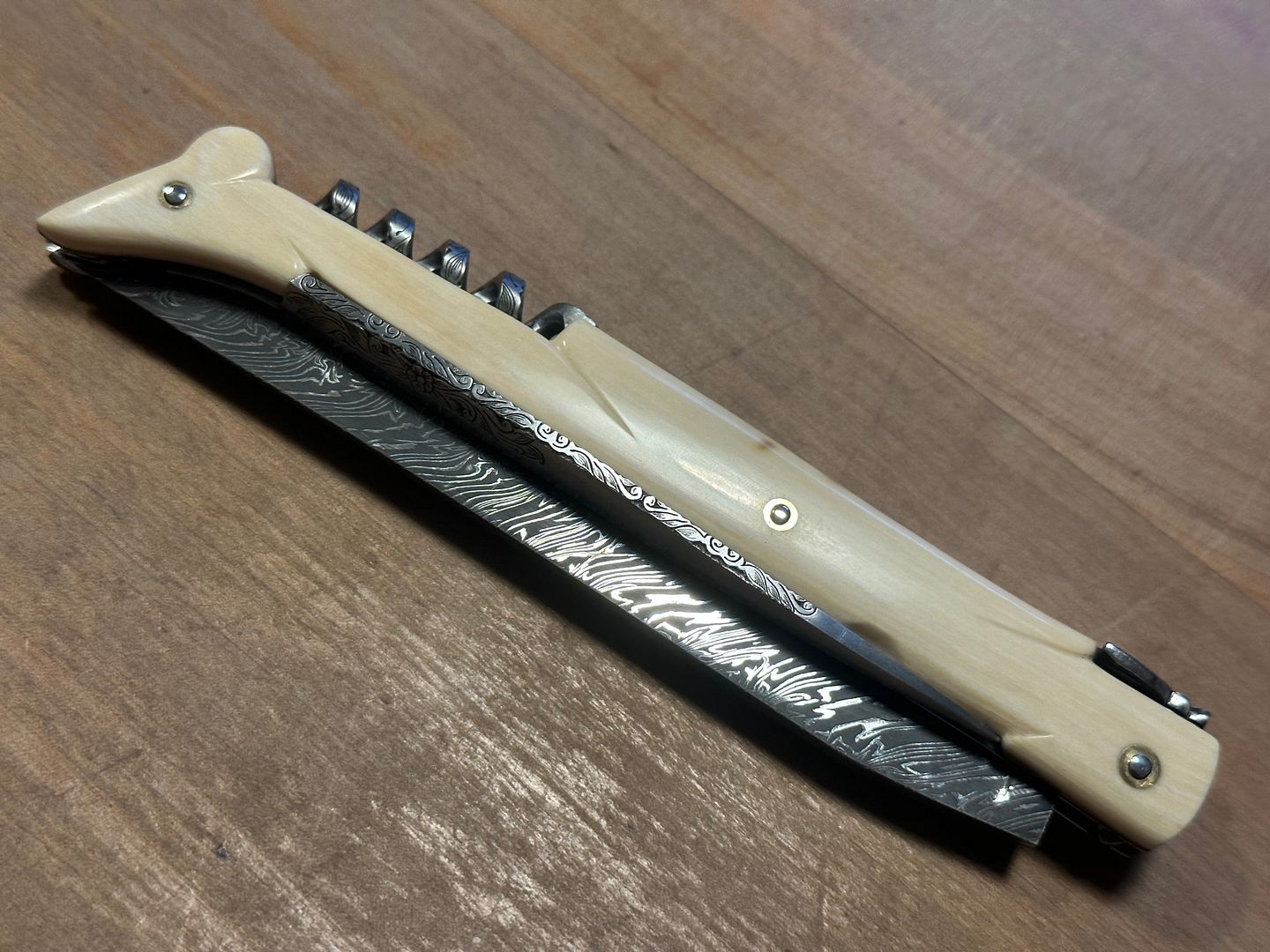
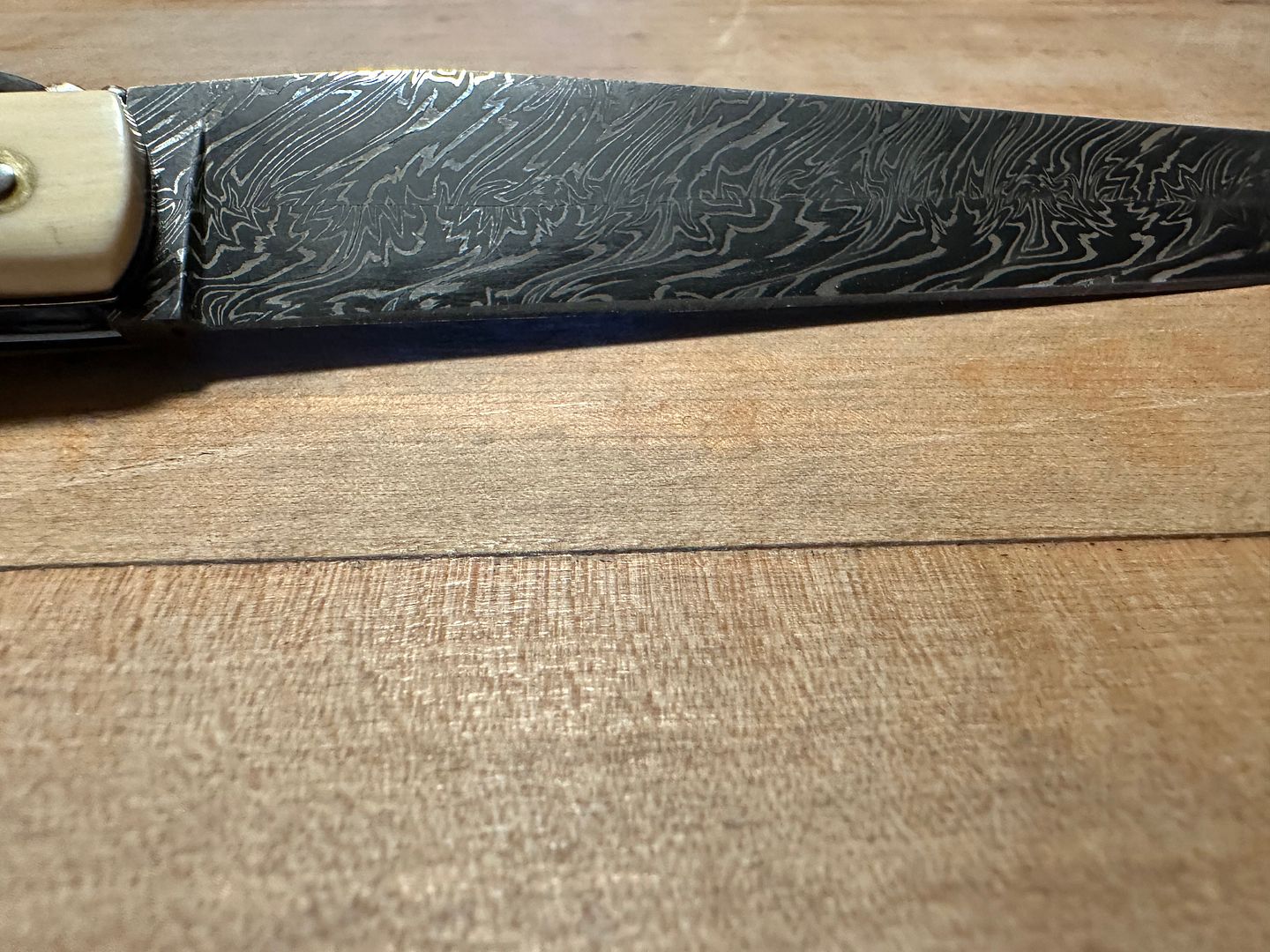
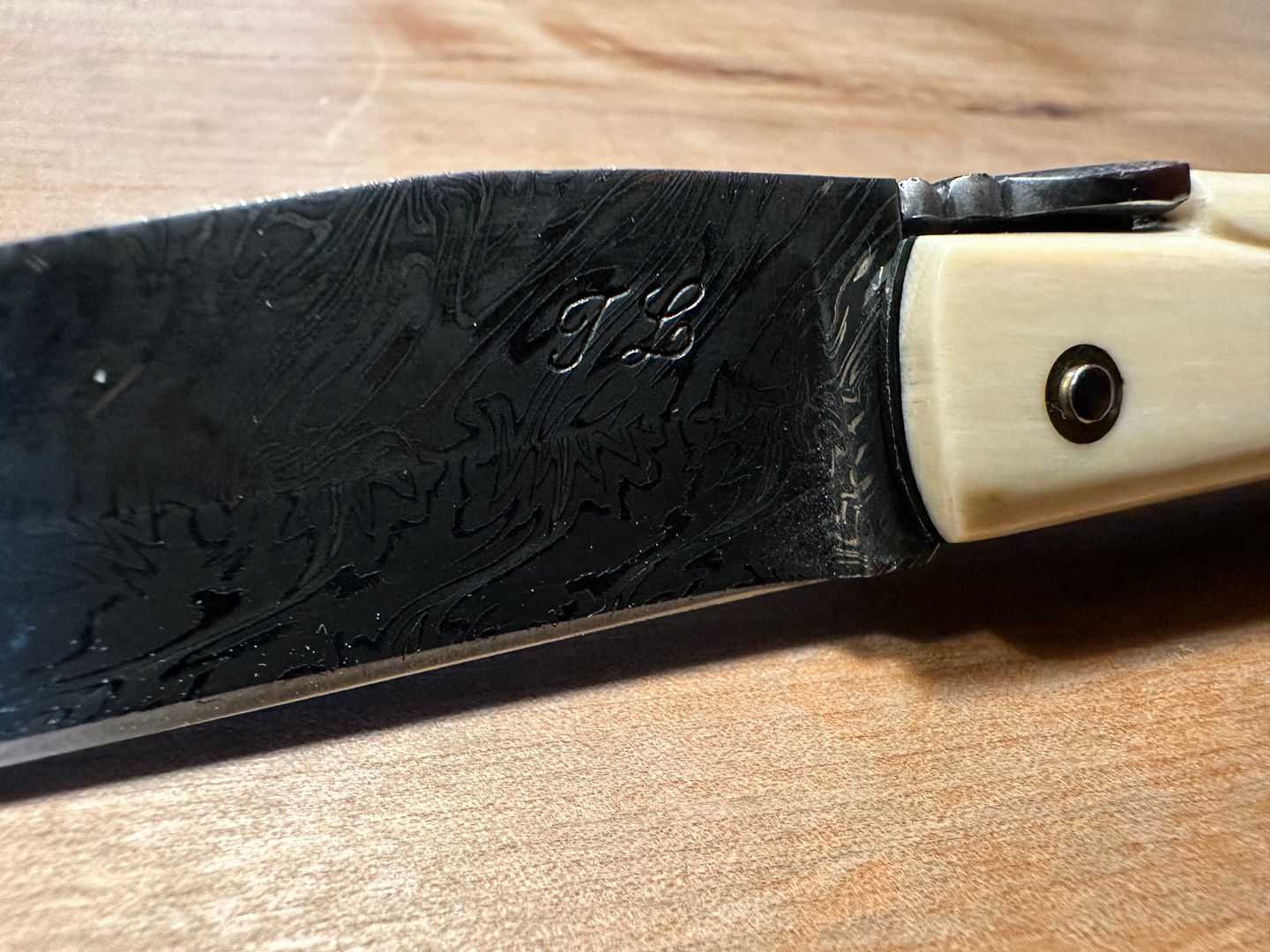
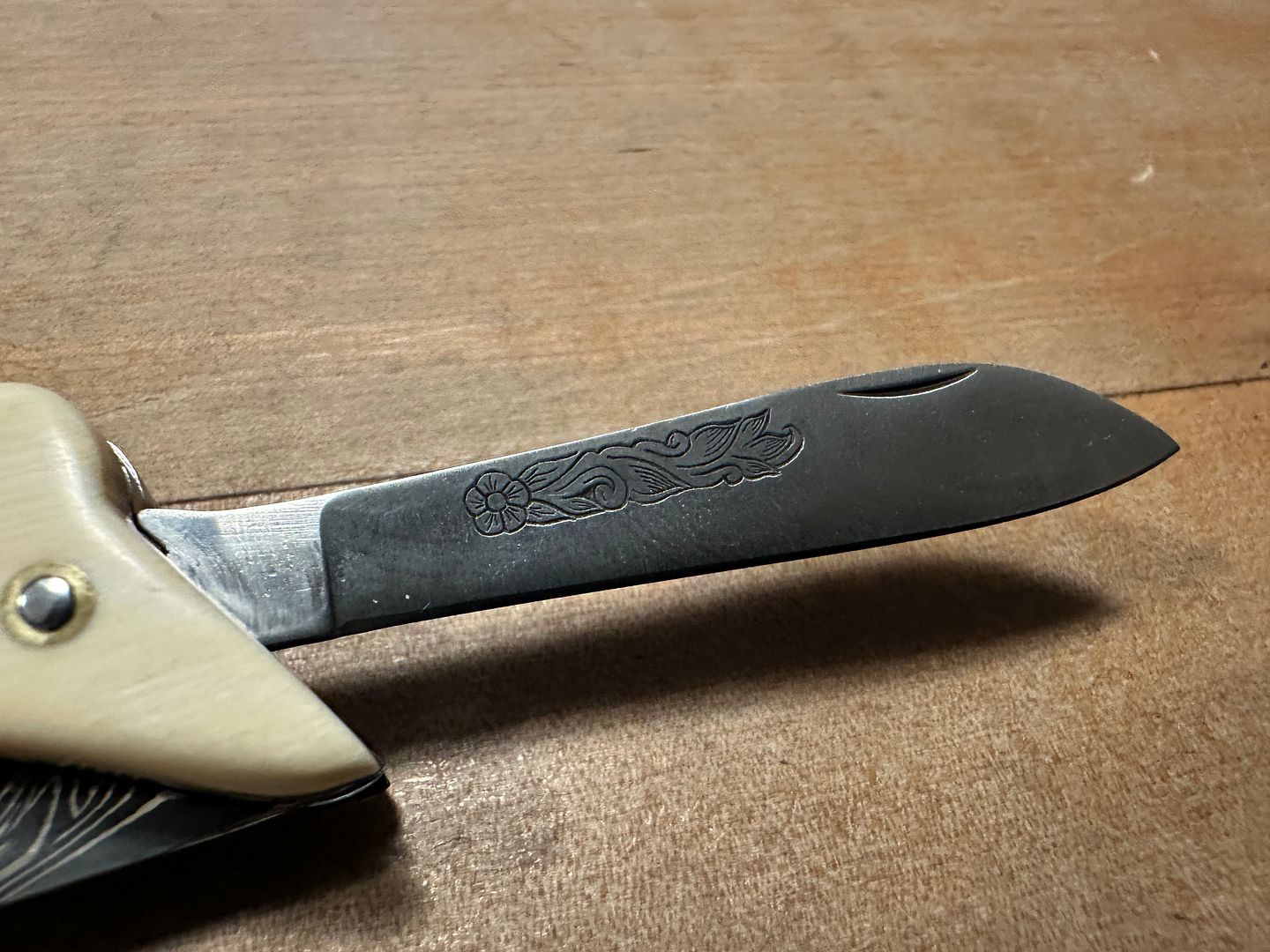
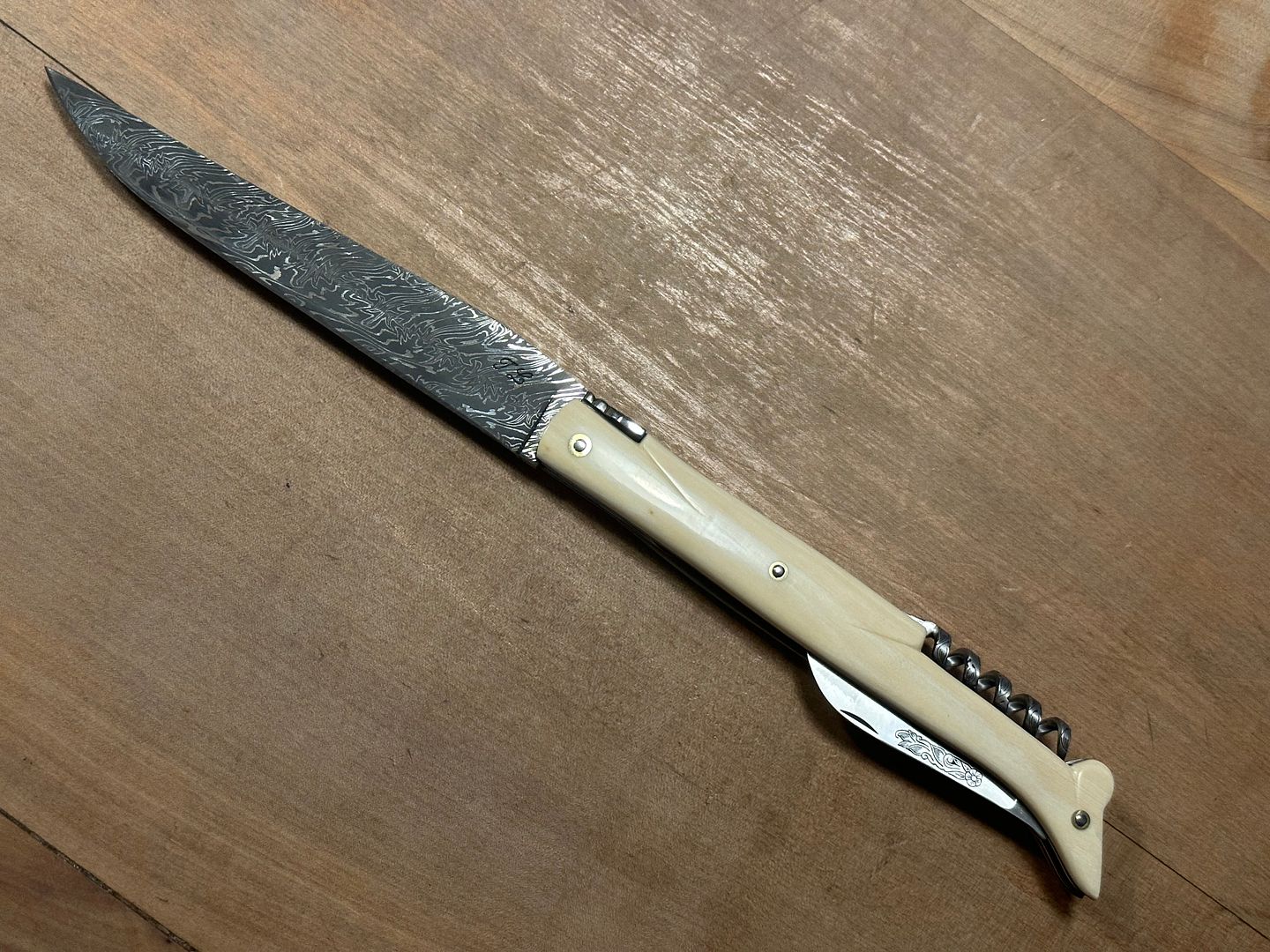
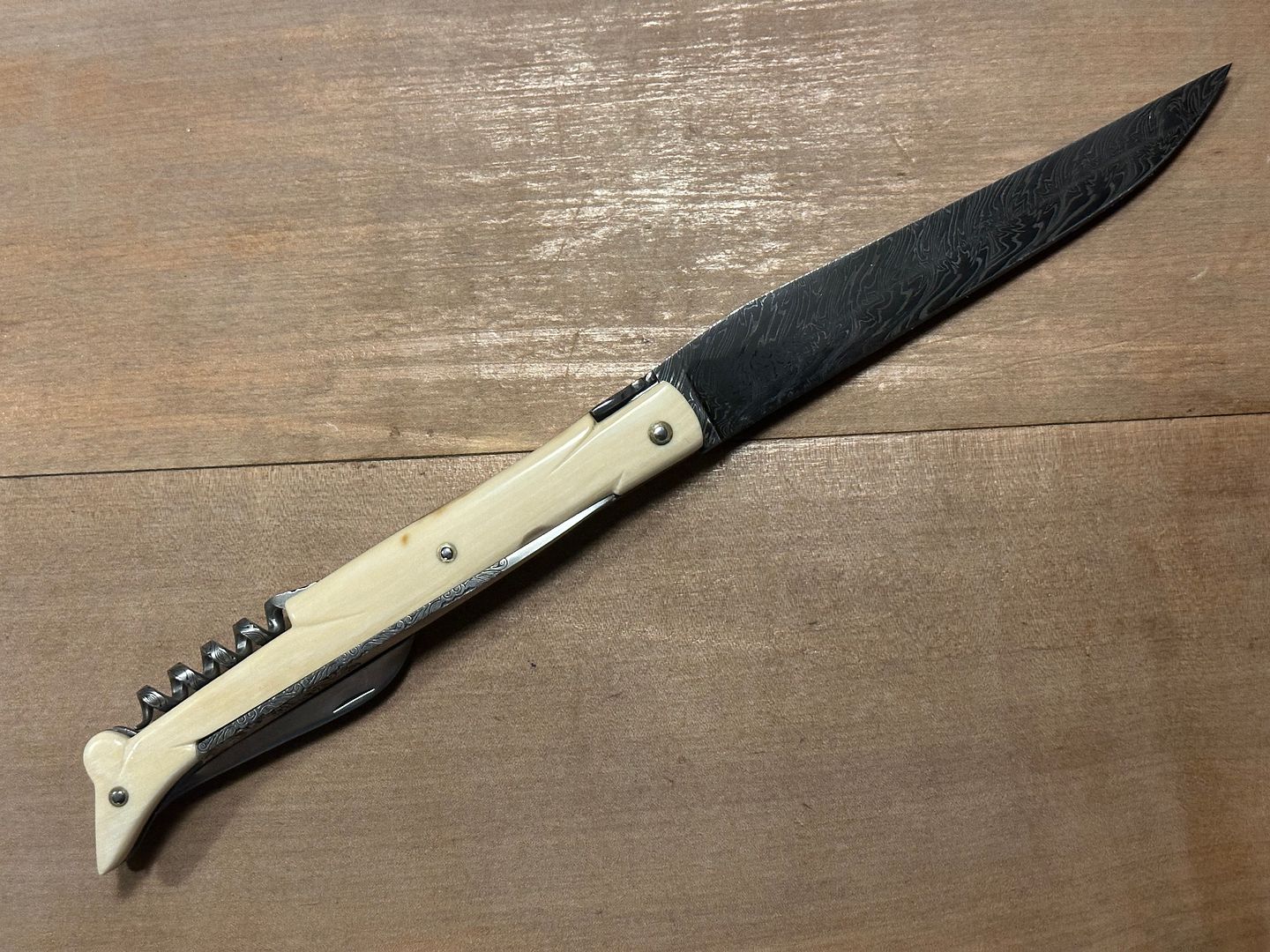
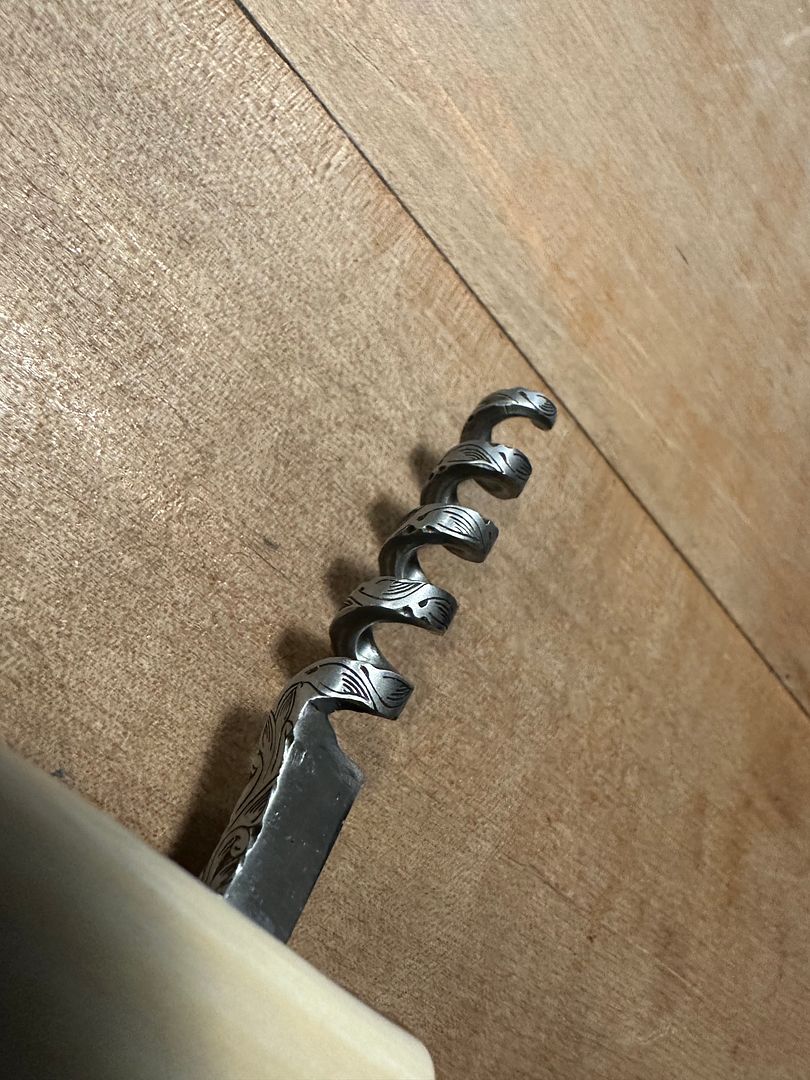
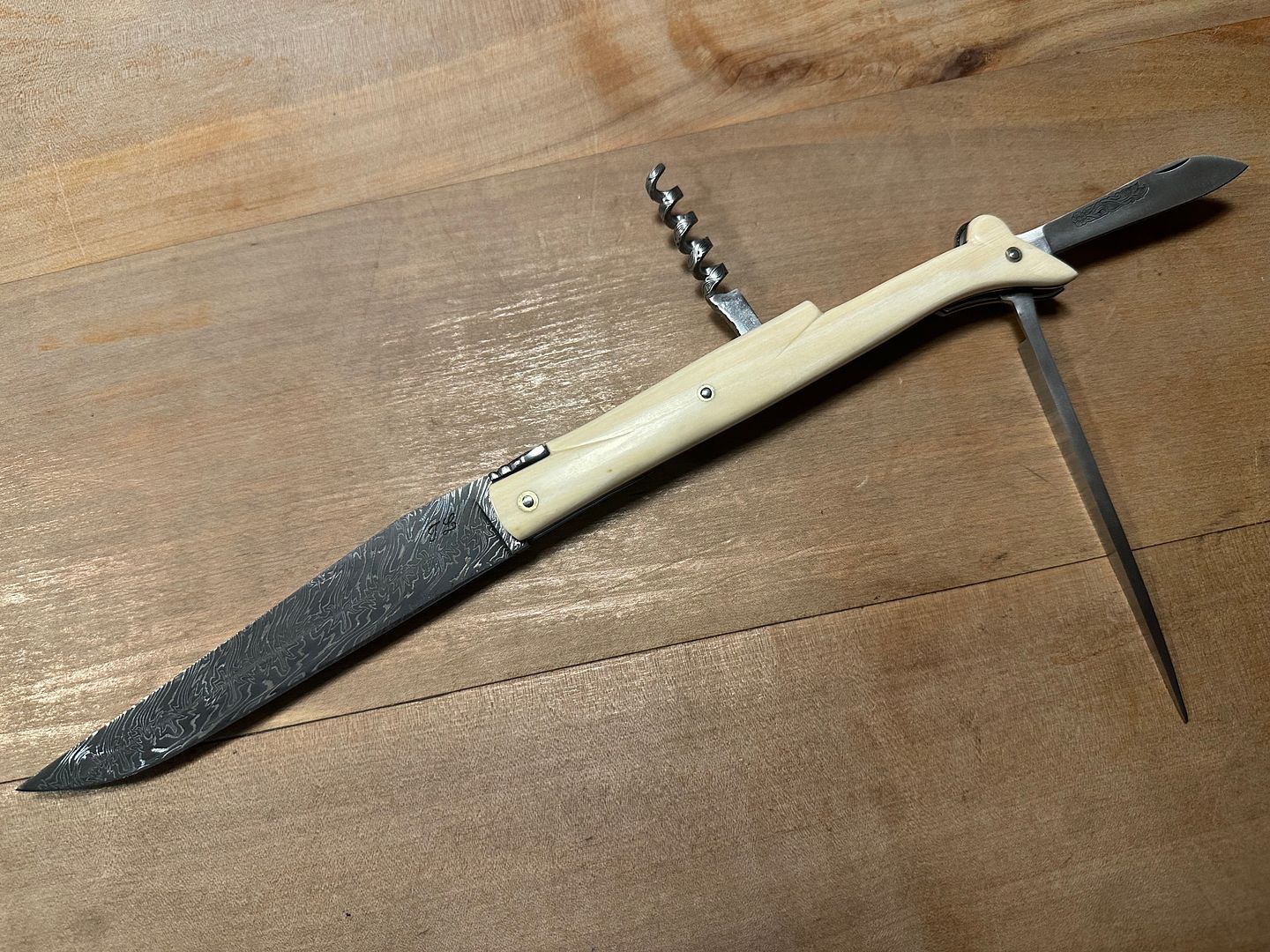
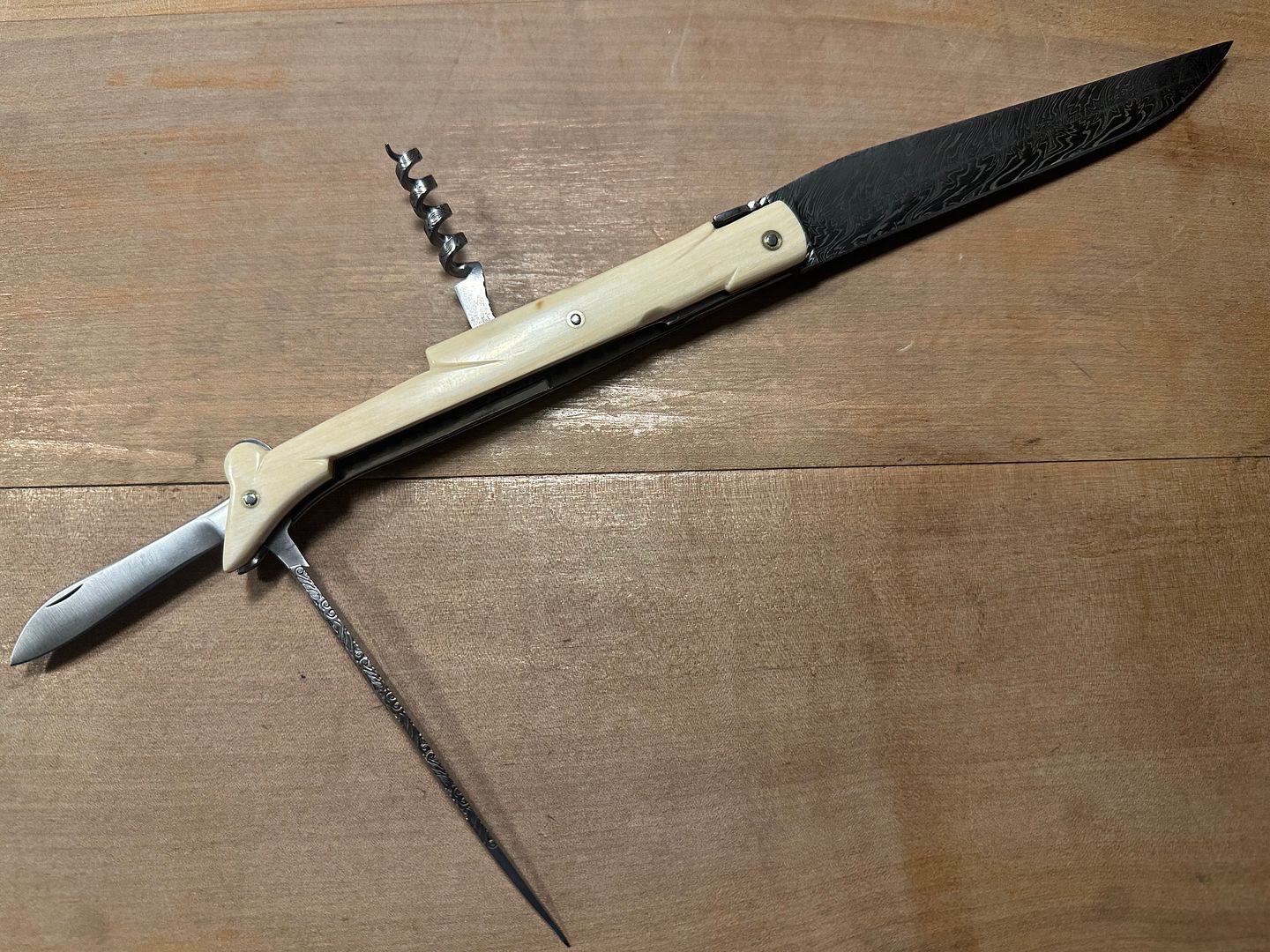
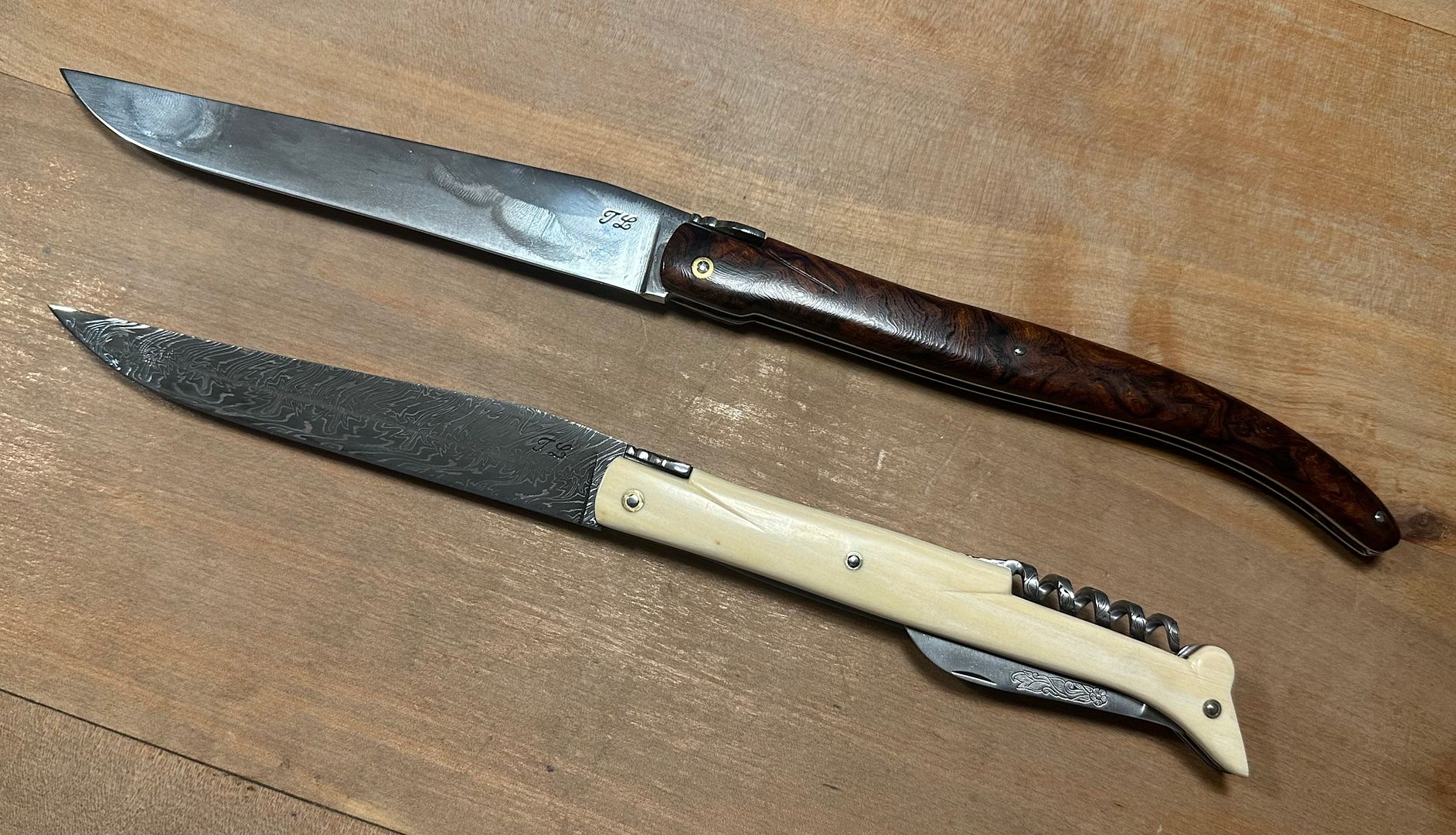
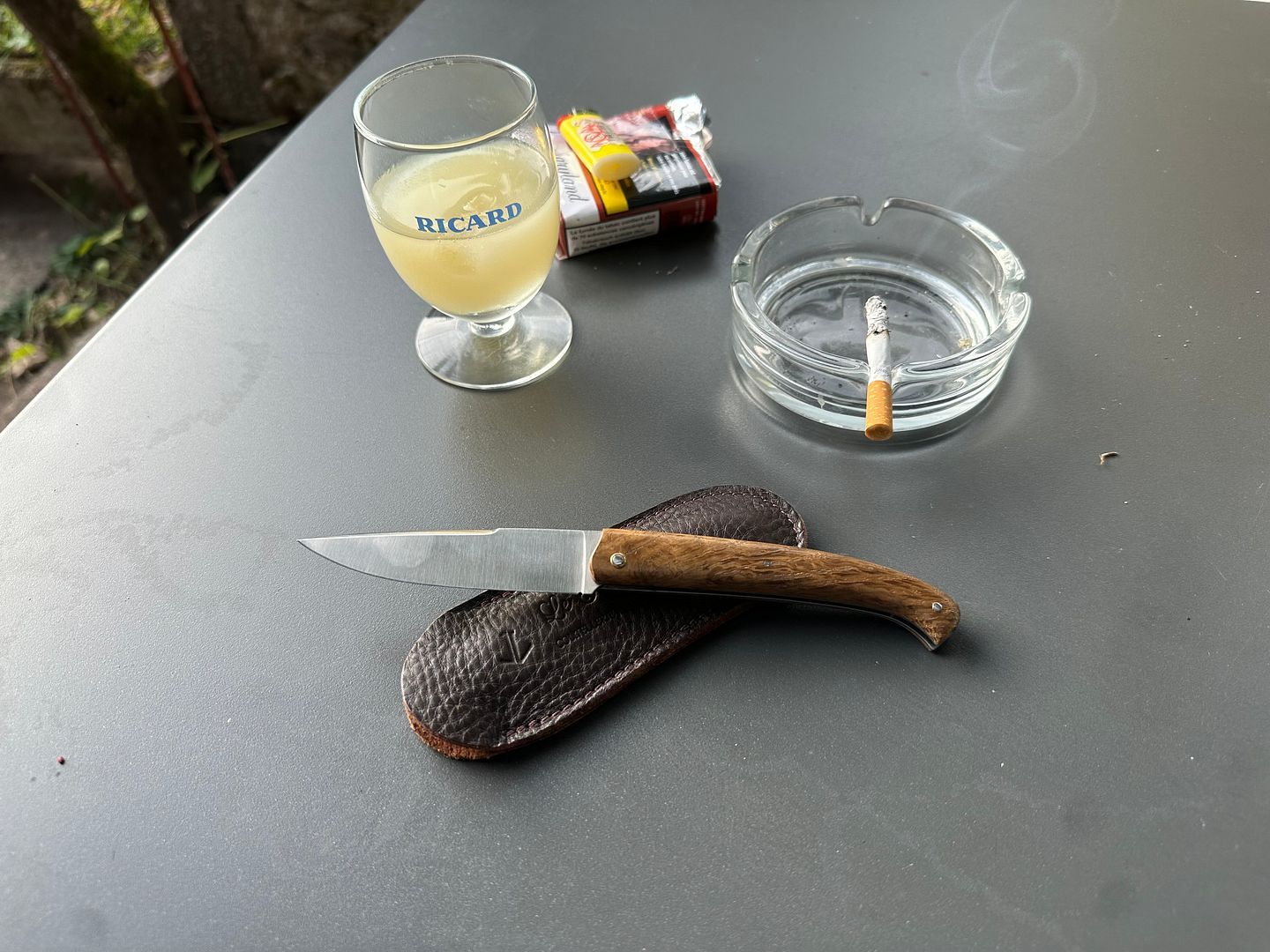

![ya95etXW_o[1].jpg ya95etXW_o[1].jpg](https://www.bladeforums.com/data/attachments/2069/2069026-66534d5b3b19248ed6a47e8d8a742167.jpg?hash=ZlNNWzsZJI)
 the glasses never seem to lose the taste of the stuff. Horreur ! Instead, I prefer ultra dry Vermouth- Noilly for example or this.
the glasses never seem to lose the taste of the stuff. Horreur ! Instead, I prefer ultra dry Vermouth- Noilly for example or this.

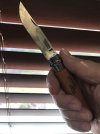

![w59nSyBE_o[1].jpg w59nSyBE_o[1].jpg](https://www.bladeforums.com/data/attachments/2077/2077206-ed65174f62efca4e884bf45040e8bae6.jpg?hash=7WUXT2Lvyk)
